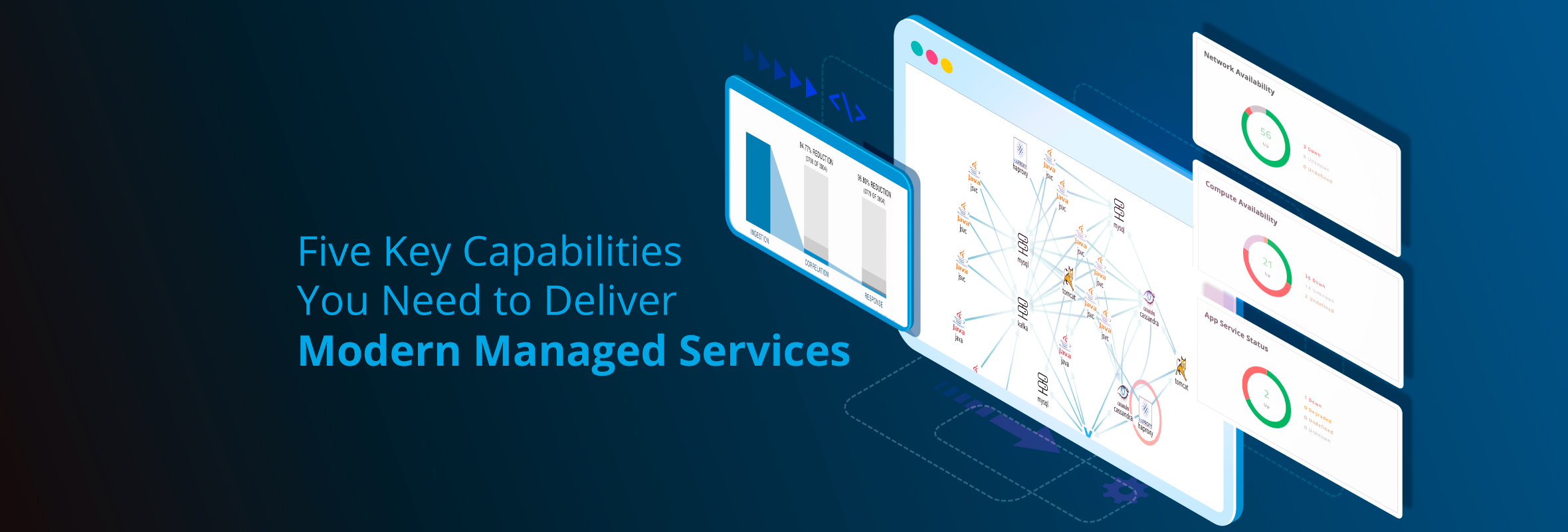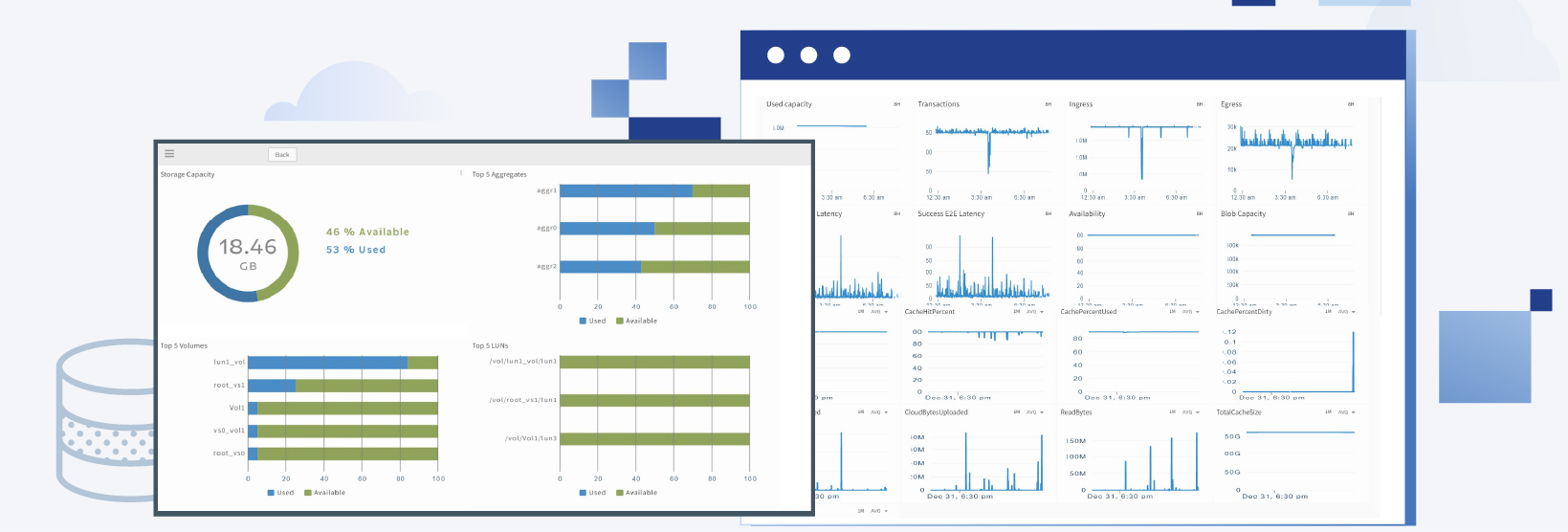The modern enterprise network is akin to the transcontinental railroad system in the United States in the early 20th century: it was far-reaching and commerce depended upon the reliability of the rail service connecting crucial goods with Americans in every town and city. Likewise, networks today are intrinsic to commerce (and daily life) yet they are entangled and multi-layered:
- The network is a dynamic entity requiring constant vigilance for the sake of delivering excellent digital experiences.
- Enterprise IT networks are complex hubs connecting private data centers, private clouds and public clouds, edge resources and software with the advent of SD-WAN technology.
- Business applications exist across multiple private and public clouds.
- Successful deployments and utilization depend on a thorough understanding of traffic flows across these environments.
- IT managers need to identify any dependencies between on-premise and multi-cloud applications and infrastructure.
- Visibility across the myriad of network connections at a granular performance level is difficult to obtain in a timely manner.
| Netflow | Unified Comms |
| Network and Traffic Visibility | Audio and Video Quality Issues |
| Application Service Assurance | Calling and Routing pattern analysis |
| Network Optimization | Examine call paths along with latency induced at each hop |
| Security Assurance | SLA and Availability analysis |
| Capacity planning | |
| Historical/ advanced reporting and alerting | |
| Customizable reports and dashboards | |
The era of remote work has befuddled the situation further, given the constraints on organizations and their workforces from Covid-19. With the migration of employees from work settings to home offices using personal Internet connections, IT operations must maintain the reliability and performance of a highly distributed and unpredictable network ecosystem while also deploying and managing new collaboration tools. IT managers need real-time granular visibility into the traffic traversing their network and an understanding of the network’s relationship to application performance and critical business services.
Without this information, many risks ensue, from connectivity errors and productivity issues, higher costs (more time spent troubleshooting) unhappy customers and employees and lost revenue opportunity.
To help IT operations teams ensure rapid delivery of services to users with an improved contextual understanding and control over network infrastructure, OpsRamp today is rolling out two new solutions: OpsRamp NetFlow Monitoring, which delivers deep analysis of network traffic, and OpsRamp Unified Communications Monitoring, for detailed analysis of voice and collaboration data.
- The OpsRamp NetFlow Monitoring solution enables IT Ops pros to perform modeling and predictive analysis of network flow data collected from servers and network devices. NetFlow (developed by Cisco) is a protocol used by IT professionals to determine the point of origin, destination, volume and paths of traffic on a network.
Traffic data is the ultimate source for validating the truth about your network flow, and OpsRamp NetFlow Monitoring gives IT that truth, no matter the network topology, cloud provider (s) or overall network architecture. The OpsRamp NetFlow Monitoring solution covers V9, V5, IPFIX, S-FLOW, J-FLOW protocols. The solution delivers the following capabilities:
- Real-time diagnosis of network latency across WAN links to identify “top talkers” (source, destination, protocols, apps) impacting users and business services;
- Alert generation based on network traffic utilization;
- Analysis of network utilization patterns to aid in capacity planning or post-incident analysis.

- The OpsRamp UC Monitoring solution provides IT Ops pros a deep analysis of user communication (voice, SMS, video, chat) collected from UC systems such as Cisco and Avaya and cloud collaboration systems such as Zoom.
IT Ops pros can:
- Get real-time diagnosis of communications and call data to identify and troubleshoot issues affecting users;
- Receive alerts based on service degradations;
- View analysis of voice data for capacity planning or post-incident troubleshooting such as complaints of poor audio quality.
OpsRamp NetFlow Monitoring and OpsRamp UC Monitoring are integrated within the OpsRamp digital operations platform to deliver centralized visibility of the entire IT ecosystem. Learn more about OpsRamp network monitoring here.





